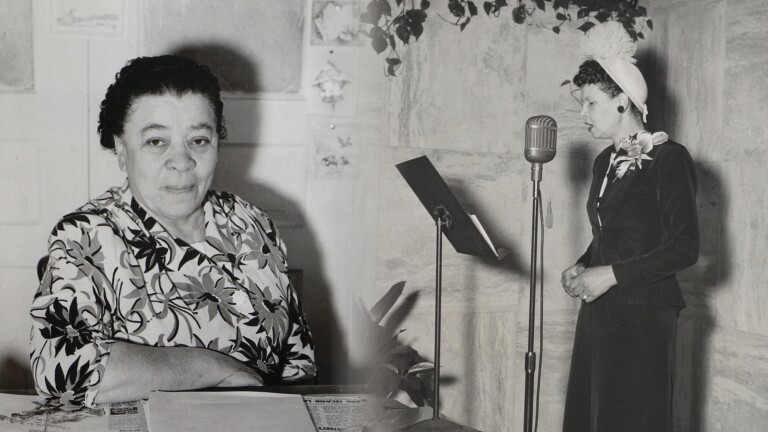Support Provided By

In the early 1900s, Los Angeles’ temperate climate and natural attractions drew droves of tourists seeking an escape from crowded, industrial cities. But behind the pristine curtain of Mt. Lowe’s tourism industry was a harsh reality of labor exploitation that continues to disproportionately affect Los Angeles’ Latinx population today.

Edgar Lucien Larkin came to Southern California in 1900 to work the Lowe Observatory's 16-inch refracting telescope and discuss science with tourists. But what made him stand out and draw crowds up the mountain night after night was the way he explained astronomy as a kind of magic, bridging ancient mystery and modern science.









